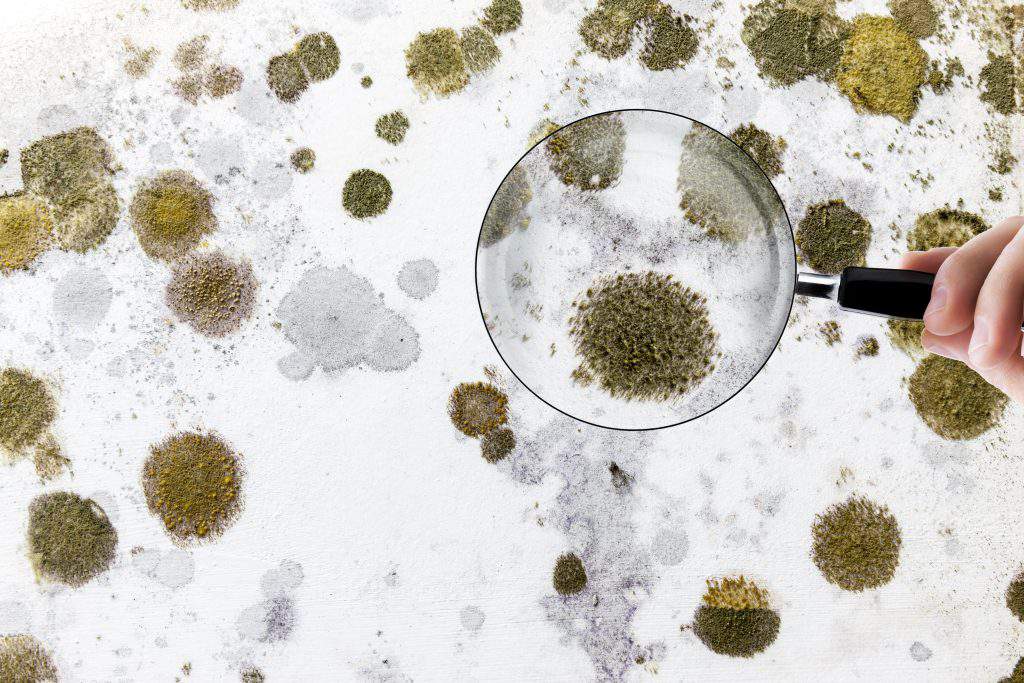Necessary Steps After Mold Remediation
Wiki Article
Your Ultimate Guide to Post Mold And Mildew Remediation Methods
In the after-effects of mold invasion, knowing how to efficiently remove the mold and prevent its reoccurrence is extremely important for keeping a healthy and balanced interior environment. From selecting the appropriate cleaning and sanitizing techniques to applying strategies for long-term mold and mildew avoidance, each step in the remediation trip plays a critical function in guaranteeing a successful outcome.Understanding Post-Mold Remediation Refine
After completing the mold removal process, it is crucial to recognize the post-mold removal strategies that are needed to make sure a thorough and reliable clean-up. When the mold has been removed, the following action includes cleansing and decontaminating the influenced areas to prevent any regrowth of mold. This includes using specialized cleaning up agents to wipe down surfaces and kill any type of continuing to be mold and mildew spores. It is necessary to dry out the area entirely to dissuade the development of mold and mildew in the future (Post remediation mold testing near me). Proper air flow and dehumidification can help in this process.
Moreover, carrying out a final examination post-remediation is important to make sure that all mold has been successfully gotten rid of. If the evaluation discloses any type of sticking around mold and mildew, extra remediation may be needed.
Effective Cleansing and Sanitizing Methods

Stopping Future Mold Development

Significance of Appropriate Ventilation
Correct ventilation plays a critical function in preventing dampness accumulation, a key aspect in mold growth within indoor settings. Efficient air flow systems assist get rid of excess humidity from the air, lowering the possibilities of mold spores discovering the dampness they need to spread out and germinate. Without appropriate air flow, indoor areas can end up being a breeding place for mold, causing prospective health and wellness dangers and structural damage.By guaranteeing proper air blood circulation, air flow systems can also help in drying damp areas faster after water damages or flooding cases, further deterring mold and mildew growth. Post Mold remediation cleaning. In rooms like restrooms, kitchens, cellars, and attics where wetness degrees have a tendency to be higher, setting up and maintaining reliable ventilation systems is critical in protecting against mold and mildew infestations

Tracking and Maintenance Tips
Given the essential function that appropriate air flow plays in protecting against mold and mildew growth, it is crucial to establish effective surveillance and maintenance ideas to ensure the ongoing functionality of ventilation systems. Regular inspections of ventilation systems need to be conducted to look for any kind of signs of obstructions, leaks, or malfunctions that might restrain correct air flow. Surveillance moisture levels within the building is likewise essential, as high humidity can contribute to mold and mildew development. Setting up a hygrometer can help track moisture degrees and sharp home owners to any spikes that may Post Mold Remediation call for focus. In addition, ensuring that air filters are routinely cleansed or replaced is vital for keeping the efficiency of the air flow system. Executing a schedule for regular upkeep tasks, such as duct cleaning and cooling and heating system inspections, can assist protect against concerns before they intensify. By staying positive and mindful to the problem of air flow systems, homeowner can efficiently mitigate the danger of mold regrowth and maintain a healthy and balanced interior environment.
Verdict
Finally, post-mold removal techniques are crucial for making sure a safe and clean environment. Comprehending the procedure, executing reliable cleaning and sanitizing approaches, protecting against future mold development, maintaining appropriate ventilation, and routine surveillance are all critical steps in the remediation procedure. By complying with these standards, you can effectively eliminate mold and avoid its return, advertising a healthy living or functioning space for all passengers.In the results of mold invasion, knowing exactly how to successfully eradicate the mold and prevent its reoccurrence is paramount for keeping a healthy indoor setting. Once the mold has actually been gotten rid of, the following step includes cleaning and sanitizing the influenced locations to protect against any type of regrowth of mold - Post Remediation verification. After getting rid of noticeable mold and mildew development, it is critical to clean all surfaces in the damaged area to eliminate any remaining mold spores. To further boost mold and mildew prevention actions, it is important to attend to underlying issues that originally led to mold growth.Offered the critical role that appropriate ventilation plays in protecting against mold development, it is essential to establish effective surveillance and upkeep tips to ensure the continued functionality of ventilation systems
Report this wiki page